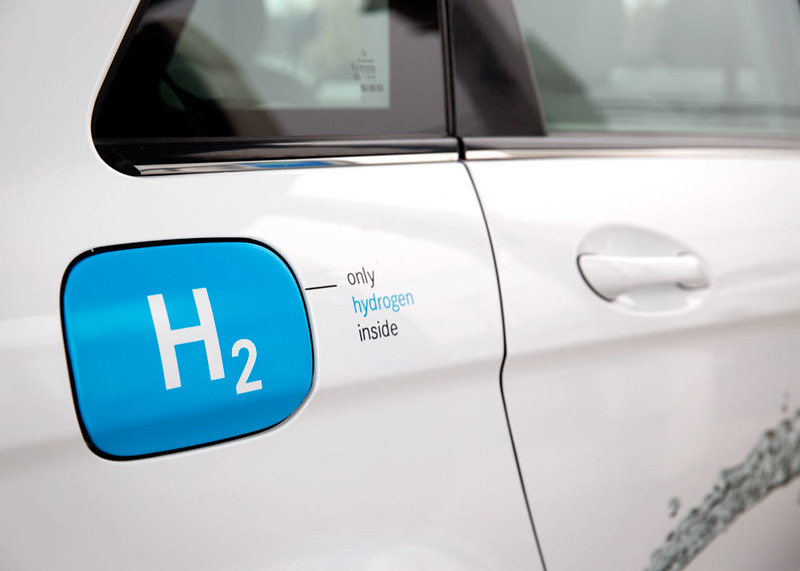Hydrogen is expected to play a crucial role in driving the green energy transition in the Philippines, although it will take some time before it becomes cost-effective, as analysts have noted.
Sam Reynolds, an analyst at the Institute for Energy Economics and Financial Analysis, said that hydrogen for power generation has a “long road ahead before it becomes a viable, affordable energy source.”
He said that green hydrogen, which is produced from renewables, costs up to $8 per kilogram, equivalent to $60 per million British thermal units, which is about six times of the price of LNG in Asia.
“Although the price of green hydrogen is expected to fall over the next several decades, this will depend on the Philippines’ ability to build out enough renewable energy capacity to both meet electricity demand and potential demand for hydrogen production,” he said.
However, the promised benefits of hydrogen remain enticing. Jephraim C. Manansala, the CDC for the Institute for Climate and Sustainable Cities, stated, “Hydrogen, whether explored from indigenous sources or produced from renewable energy, offers an opportunity to enhance our energy security and contribute to the energy transition.”

Mercedes-Benz's hydrogen fuel cell vehicle. (Photo:
California Energy Commission)
Renewables or alternative fuels?
The Philippine Energy Plan 2020-2040 views hydrogen to be a key alternative fuel. Its use in power generation is expected to support national goals to diversify fuel sources, reduce greenhouse gas emissions, and expand the share of renewable energy in the power mix.
“What is up for discussion internally is that whether or not we tap hydrogen produced from renewable energy as a subset of renewable energy, or as a subset of alternative fuels,” Patrick T. Aquino, director of the DoE Energy Utilization Management Bureau, said in a public consultation.
The DoE has drafted a circular that seeks to set national policy and guidelines governing hydrogen use. It regards hydrogen as an “innovative energy source to meet energy demand in the power, transportation, commercial, and industrial sectors.”
“In power generation, hydrogen has the potential to be a backup power source to complement the variability of sources like solar and wind. It can also be a solution for supplying electricity to off-grid and remote areas, as many of these areas now rely on diesel as primary fuel source,” Manansala said.
Due to concerns about efficiency, sustainability and cost, analysts are skeptical about the utilization of hydrogen in co-firing applications, particularly in coal power plants. Manansala pointed out, “Co-firing with fossil-based ammonia can even result in higher emissions compared to natural gas power plants, largely due to ammonia production emissions.”
Reynolds also said that “co-firing hydrogen ammonia in coal-fired power plants would still emit significant amounts of CO2… And while clean hydrogen production holds promise for decarbonization across various sectors, 96% of global hydrogen supply is currently produced using fossil fuels.”
Advancing the energy transition
According to Aquino, hydrogen is being deployed in Japan, China, South Korea, the US, and Germany for various purposes, including transport, power generation and industrial applications.
“Creating a strategy and guidelines for the hydrogen economy is a valuable move toward advancing the energy transition,” Manansala said.
Reynolds pointed out that the transport of hydrogen may be a challenge due the country’s “very little infrastructure.”
“Hydrogen is difficult to transport because of its low energy density, which can cause pipeline embrittlement and safety issues. Conversion of hydrogen to ammonia might make transportation easier but would entail significant energy losses, lowering round-trip efficiency and raising costs,” he said.
“In the power sector, renewables and battery storage facilities are likely to prove more cost-effective for the energy transition and power sector decarbonization efforts,” Reynolds added.
Manansala said renewables sources “must still be deployed at speed and scale to support the future energy demand and the green hydrogen economy.”
The Philippines government aims to increase the share of renewable energy in the power mix from approximately 22% at the end of 2022 to 35% by 2030 and further to 50% by 2040.




